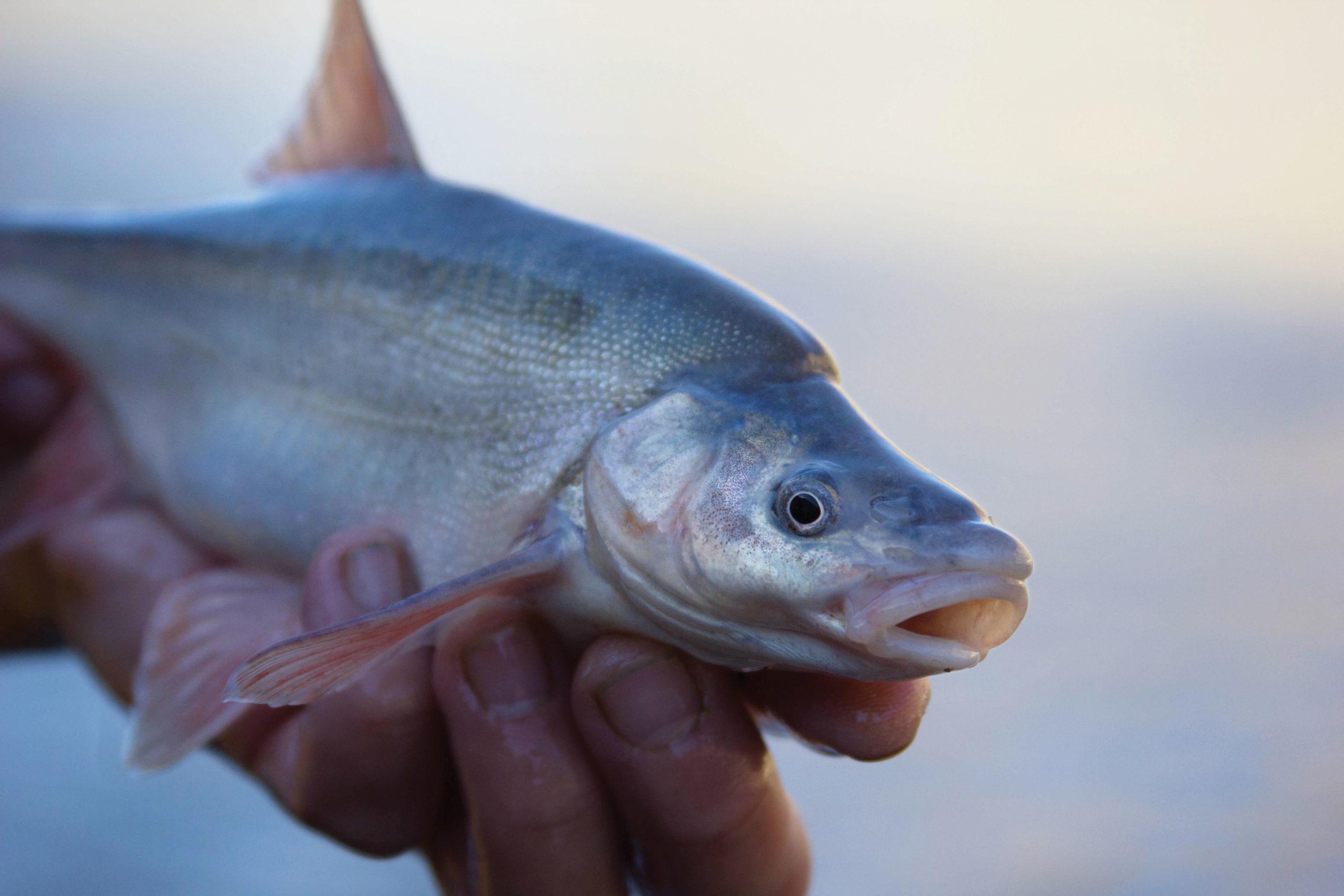
The humpback chub, a native fish that calls the Colorado River Basin home, went on the endangered species list in 1967. But that could change soon, a possibility that has some wildlife groups concerned.
In 2018, the U.S. Fish and Wildlife Service said it would consider downgrading the fish's status to "threatened." Now the agency will recommend that reclassification after determining that the species is no longer in immediate danger of extinction.
“We have stability and viability of this species out there in the Colorado River system,” said Tom Chart, director of the Service's Upper Colorado River Engadered Fish Program.
In a five-year review of the humpback chub that ended in 2018, the Service found that all five populations of the fish had stabilized without stocking them with fish from hatcheries.
The agency now estimates 19,000 wild adult chubs exist altogether, Chart said. The population was around 9,000 in 2000, the year when the service really started tracking them.
The largest population of chub is found in the Grand Canyon and has about 12,000 adults. Four smaller populations are in the Upper Colorado River Basin. A sixth population existed in Dinosaur National Monument before dying out around 2005, Chart said.
The chub is still at-risk though, according to wildlife officials. The fish's ability to survive depends on drought conditions, non-native predators and changes to river flows.
Taylor McKinnon, a senior public lands campaigner with the nonprofit Center for Biological Diversity, said he wants the Fish and Wildlife Service to continue its conservation efforts. That means ensuring adequate river flows are in place, operating dams in ways that help with recovery, and controlling non-native predators. He said the chub should also be re-introduced in other parts of the river.
“They really overlooked the future prognosis of the Colorado River and its flows with climate change,” McKinnon said.
But Chart said the agency has already been working with water operators, and that's one big reason why they've seen success.
“The signals from climate change indicate that we will probably have warmer rivers and potentially less flow,” he said. “We have to just continue to work with the water managers to use the flexibility in the system as best we can to create the conditions that seem to have stabilized these humpback chub populations in the long term.”
The agency has also worked to control non-native predators like smallmouth bass and will continue to do so, Chart said.
The U.S. Fish and Wildlife Service will take public comments on the proposal until March 22. Chart said a final decision on the humpback chub's status could be made by the end of 2020.









